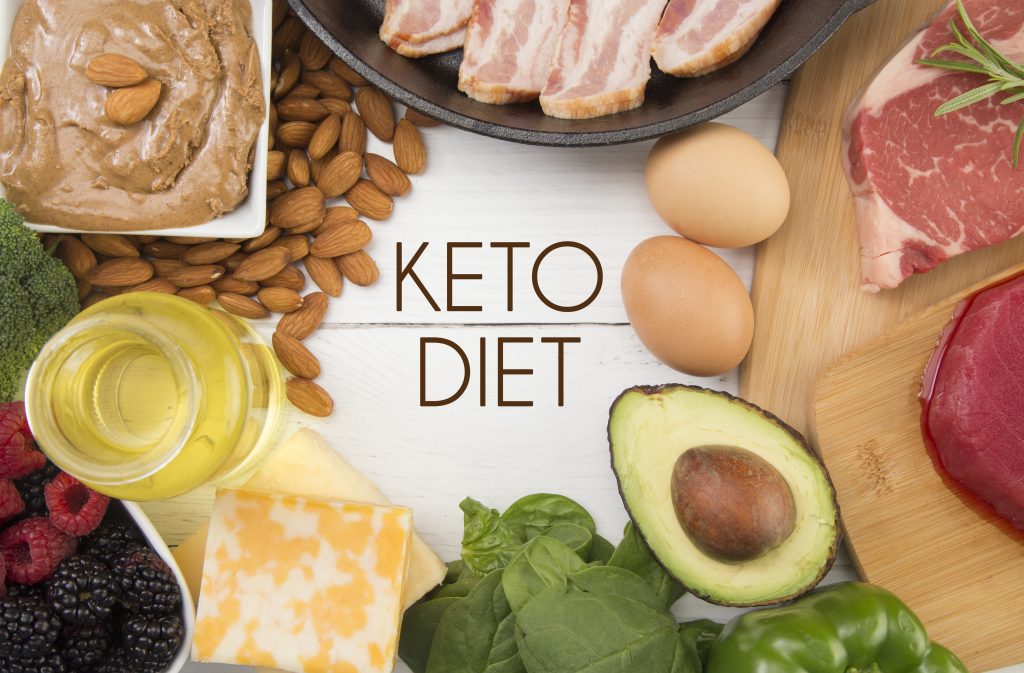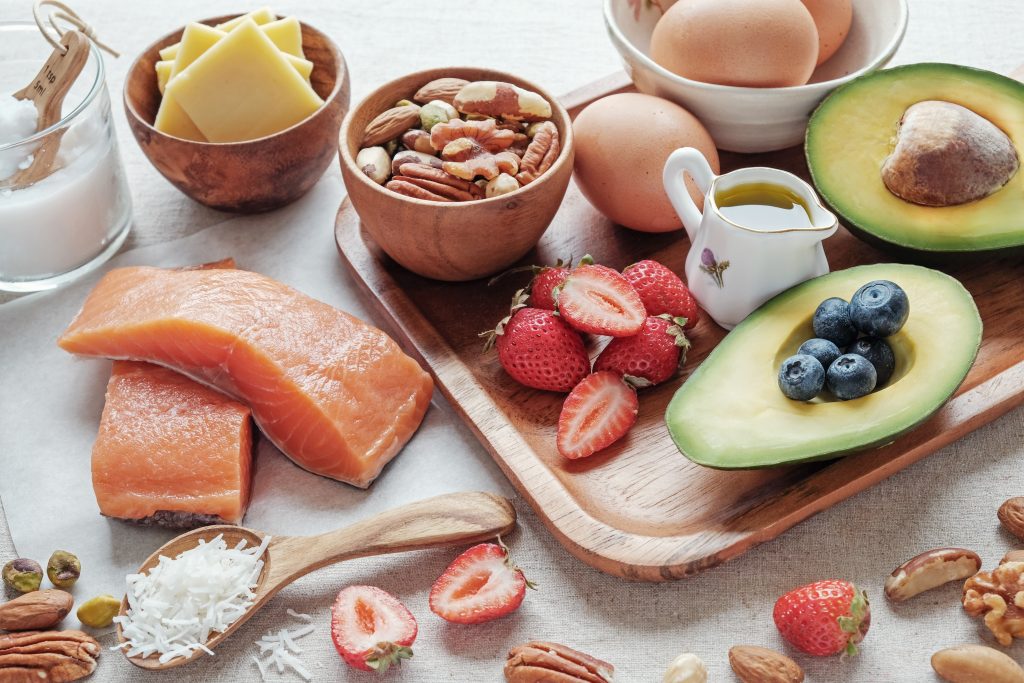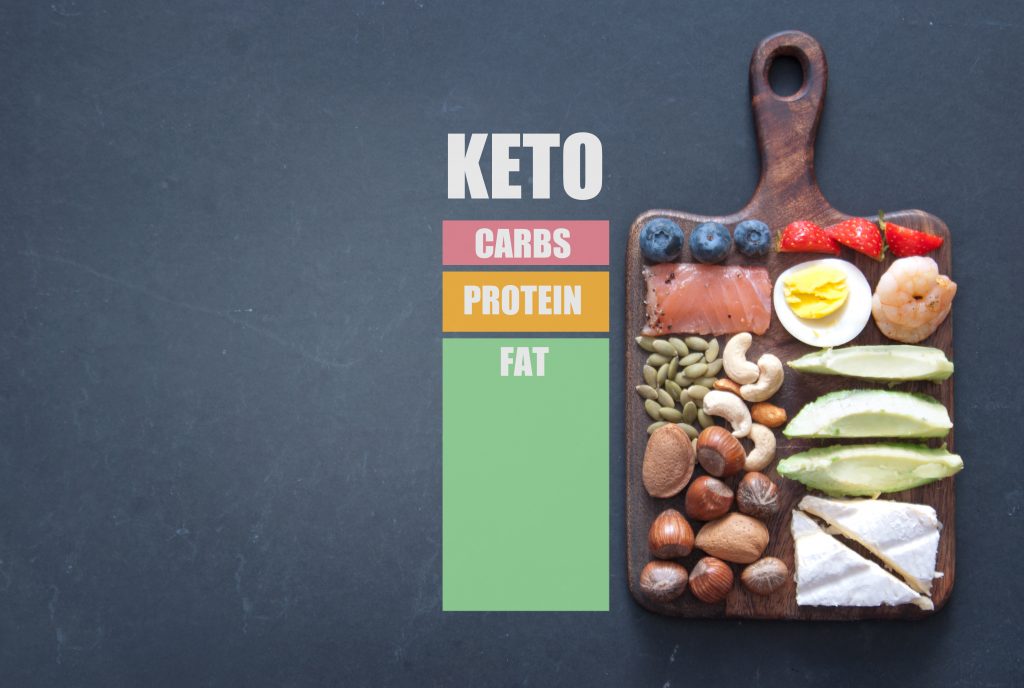
Guide to Ketogenic Diet
These days the Ketogenic Diet is becoming quite popular due to its unbeatable effectiveness in resolving many health problems, especially type 2 diabetes. With several people drawn, a new name for the Ketogenic Diet has surfaced, called the Keto Diet.
Well, have you stumbled upon the topic of the Ketogenic Diet? Or, perhaps, a friend recommended it to you? Either way, if you are interested in knowing more, then continue reading to get a detailed insight into the popular Ketogenic Diet!
What is Ketogenic Diet?
Fundamentally, a Keto diet happens to be based on two principles:
- High-fat
- Low-carbs
The term high-fat often triggers people, refusing to believe that this diet can do any good to the body. Well, we say, unless you understand the whole concept, it certainly sounds that way. So stay calm and read thoroughly.
Keto diet focuses on switching the fuel of the body. With a normal diet, the body uses carbohydrates as an immediate fuel to fulfill its need for energy. Some food, such as the high glycemic food, provide high glucose levels immediately after consumption. Thus, becoming the body’s fuel automatically.
What keto-diet does is that it eliminates carbs from the cycle and forces the body to use fat as its fuel. When carbs are missing, the body utilizes its store of fat for energy purposes. Thus, it assists in weight loss as well.
Types of Ketogenic Diet
There are numerous versions of the Ketogenic Diet that people use worldwide. However, there are four common types that I have discussed below:
- Standard Ketogenic Diet (SKD)
The Standard Ketogenic Diet has low carbohydrates, moderate protein, and high fats content. Typically, the composition comprises 75% high-fat, 20% protein, and 5% carbohydrates.
- Cyclical Ketogenic Diet (CKD)
The Cyclical Ketogenic Diet repeats a cycle of high-carbohydrates refeed days. For example, after every five days of Ketogenic Diet, there will be two days in which you will consume mostly high-fats.
- Targeted Ketogenic Diet (TKD)
In the Targeted Ketogenic Diet, you can avoid workouts and still add carbs.
- High-Protein Ketogenic Diet
The High-Protein Ketogenic Diet has more protein consumption than fats and carbs. Typically, it comprises of 65% protein, 35% fats, and 5% carbs.

Foods to eat
The foodstuffs that you can eat in during Keto Diet include:
- Meat
- Cheese
- Nuts and Seeds (Almonds, chia seeds, etc.)
- Low-carb veggies (tomatoes, onions, etc.)
- Butter and Cream
- Eggs
- Salt and Pepper
- Herbs and Spices
- Coconut Oil, Olive Oil, Avocado Oil, and other healthy oils
- Avocados
- Fatty Fish (like tuna and trout)
You must avoid foodstuffs like fruit, grains, legumes, sugar, ice-cream, cakes, candies, smoothies, root vegetables (like a potato), unhealthy fat like mayonnaise, etc.
Why choose the Ketogenic Diet?
As mentioned earlier, like other diet plans, the ketogenic diet has its benefits. Its prime purpose is to assist weight loss and make life easier for patients with type 2 diabetes. Other benefits of this diet include:
- Enhances Athletic Performance: By increasing reliance on stored fat, Keto Diet brings about a better athletic performance. The body learns which of the fuel to use instead of demanding a refill of carbs.
- Improves Heart Health: Keto Diet has also proved to be of great help to the heart. By utilizing stored fat, the diet reduces cholesterols levels and the risk of heart diseases.
- Slows Development of Neurological Diseases: In case you don’t already know, Keto diet originated for treating neurological diseases. Hence, the diet slows down the progress and development of diseases like Alzheimer’s and epilepsy substantially.
- Reduces Acne: With low blood sugar levels and lesser carbs in your body, chances of getting acne also reduces significantly.
And that’s not it! There are a dozen more benefits of this diet. But you ought to try this diet to feel and discover them by yourself!
Are there any downsides?
The Ketogenic Diet does not have any downsides and will not harm your body in any way. However, as you will be switching your body’s fuel from carbohydrates to fats, it is likely for some potential side effects to show up.
Different people can experience different conditions as their body gets used to the new fuel. You may feel fatigued or go through cramps. These side effects are likely to appear in the first few days of practicing the Ketogenic Diet.
Well, the most commonly experienced condition is Keto Flu. It is a temporary state in which an individual may come across the following symptoms:
- Fatigue and Dizziness
- Headaches
- Slight nausea
- Focusing issues
These symptoms appear because, during a low-carb diet, your body loses water and salt. Hence, causing dehydration, lack of salt, and triggering of these symptoms. To minimize the situation, make sure you consume more water and salt. The most effective method is to consume a cup of broth twice a day.

Leave your comment
You must be logged in to post a comment.